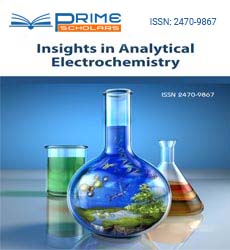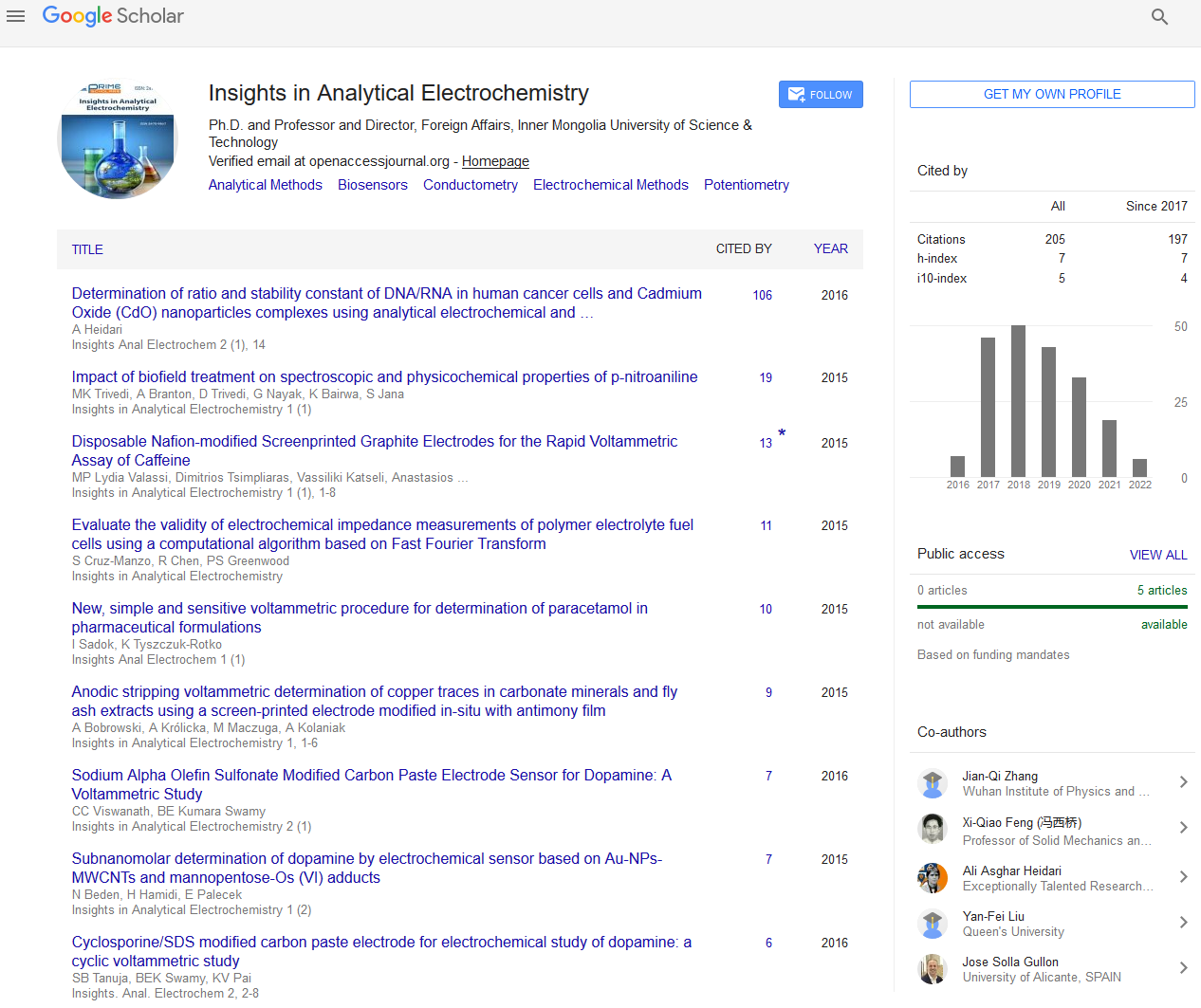Commentary - (2022) Volume 8, Issue 1
Learning for Inpainting of Cloud-Affected in Satellite Imagery
Luther King*
Department of Electronics, University of Washington, USA
*Correspondence:
Luther King, Department of Electronics, University of Washington,
USA,
Email:
Received: 03-Jan-2022, Manuscript No. IPAEI -22-12647;
Editor assigned: 05-Jan-2022, Pre QC No. IPAEI -22-12647 (PQ);
Reviewed: 19-Jan-2022, QC No. IPAEI -22-12647;
Revised: 24-Jan-2022, Manuscript No. IPAEI -22-12647 (R);
Published:
31-Jan-2022, DOI: 10.21767 / ipaei - 8.1.2
Description
Cloud cover stays a huge constraint for a wide scope of optical
remote detecting picture based applications, including crop
distinguishing proof/yield forecast, environment checking, and
land cover grouping. A typical way to deal with cloud evacuation
regards the issue as a paint work and communicates
optical information into cloud-impacted regions utilizing layered
history information or emanation strategies. As of late,
profound learning approaches have been investigated in these
applications; nonetheless, most of arrangements revealed depend
on outside learning strategies, for example models prepared
on fixed informational collections. Albeit these models
function admirably with regards to a specific informational
collection, a huge gamble of spatial and fleeting overfitting
endures when they are applied to different areas. Here, cloud
evacuation was proceeded as a feature of an interior learning
mode through profound front picture based inpainting procedure.
The methodology is assessed on both manufactured informational
indexes with careful benchmark truth, as well as
on genuine examples. The capacity to repaint cloud-impacted
regions in factor atmospheric conditions throughout a year
without earlier preparation has been illustrated, and the methodology’s
exhibition has been portrayed.
Cloud clog decreases the accessibility after some time and
accordingly the convenience of optical satellite information,
representing a huge hindrance to applications that require
testing of the land surface routinely. In accuracy farming, for
undertakings, for example, observing harvest development,
characterizing harvests or determining crop yields, information
holes present difficulties in creating exact models, variety in
prescient execution and information use needs. Open information
sources, for example, those made by the Copernicus Sentinel
missions in Europe, have been instrumental in speeding up application improvement, permitting simple and far and wide
admittance to informational indexes. Enormous, high-goal information
in moderately short re-access times. In any case,
basic limits because of cloud impedance remain, which can be
lightened by growing new models that don’t depend altogether
on optical information or by remaking procedures.
The Optical imaging for regions impacted by mist. Detailed
ways to deal with eliminating mists from optical satellite pictures
can be fragmented into a few filaments. The vast majority
of the early turn of events, before the improvement of profound
learning-based approaches, utilized strategies in view
of insertion, sifting, or creating composites or composites.
Albeit a subset of the proposed strategies endeavor to eliminate
mists utilizing a solitary picture, the most well-known approaches
either depend on multitemporal information to illuminate
about remaking or in view of techniques not impacted
by the cloud. Most profound cloud regulation strategies rely
upon some type of outside preparing, in light of a pre-preparing
progressively work in which the organization is streamlined
to deliver the ideal objective result for an informational index.
fixed material. In this way, the exhibition and speculation of
the models firmly rely upon the level of portrayal given by the
proper informational collection of the circumstances experienced
during the execution. The preparation dataset should
be sufficiently different to catch the intricacy of this present
reality application to limit lossy assumptions in the functional
situation. Conversely, the outcome of taking a stab at variety is
the compromise of execution on individual examples for normal
exactness. Some profound learning approaches guarantee
that bigger informational indexes lead to brain network models
fit for learning general and versatile changes. Notwithstanding,
this assertion goes against the way that by and by most of
informational collections contain inclination and a lot of profoundly
prescient highlights in the dataset, yet don’t sum up to new layouts. Consequently, strategies that don’t depend on
an advancement methodology on a proper number of tests yet
that utilization specialized factors that guide the amalgamation
system are more alluring.
As of late, approach that consolidates outside learning with
earlier based union has been proposed where the space-time
portrayals are remade utilizing Deep Pre-Image (DIP), while the
organization is External preparation builds up the logical consistency
of the composite picture. Notwithstanding, it should
be noticed that the outer organization can make predisposition similarly as other outside learning draws near.
Acknowledgement
None.
Conflict of Interest
The author declares there is no conflict of interest in publishing
this article.
Copyright: This is an open access article distributed under the terms of the Creative Commons Attribution License, which permits unrestricted use, distribution, and reproduction in any medium, provided the original work is properly cited.

